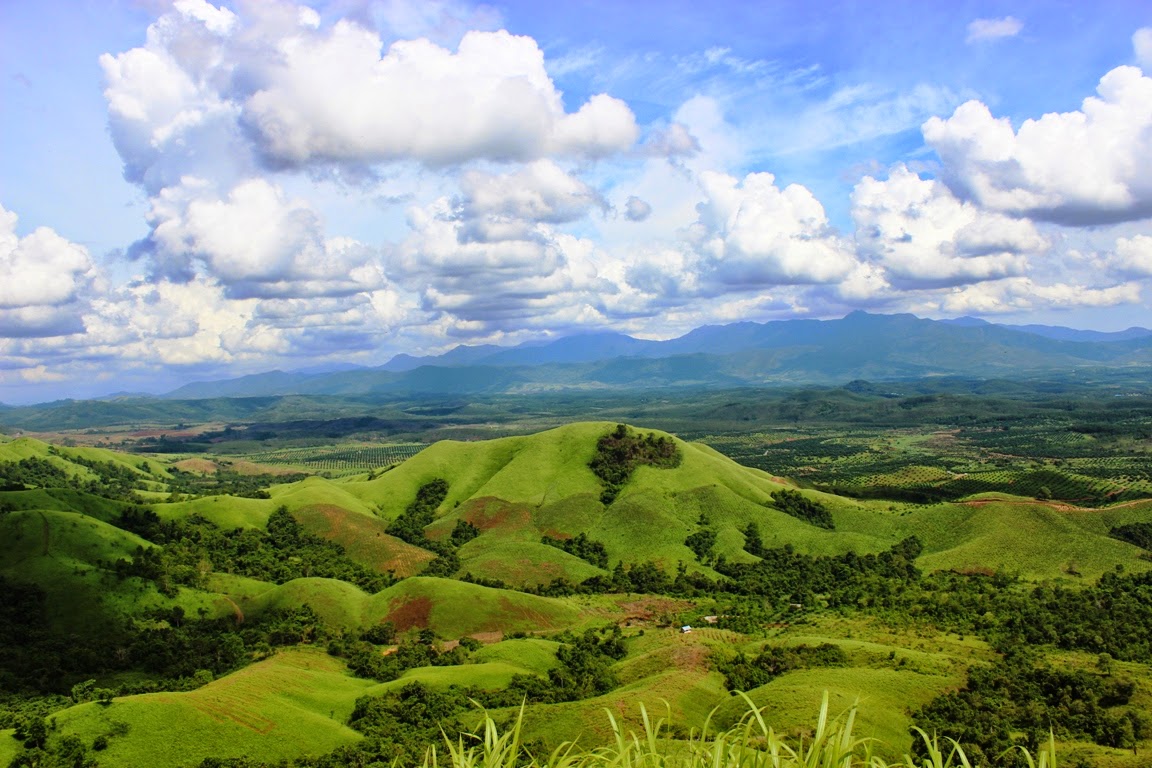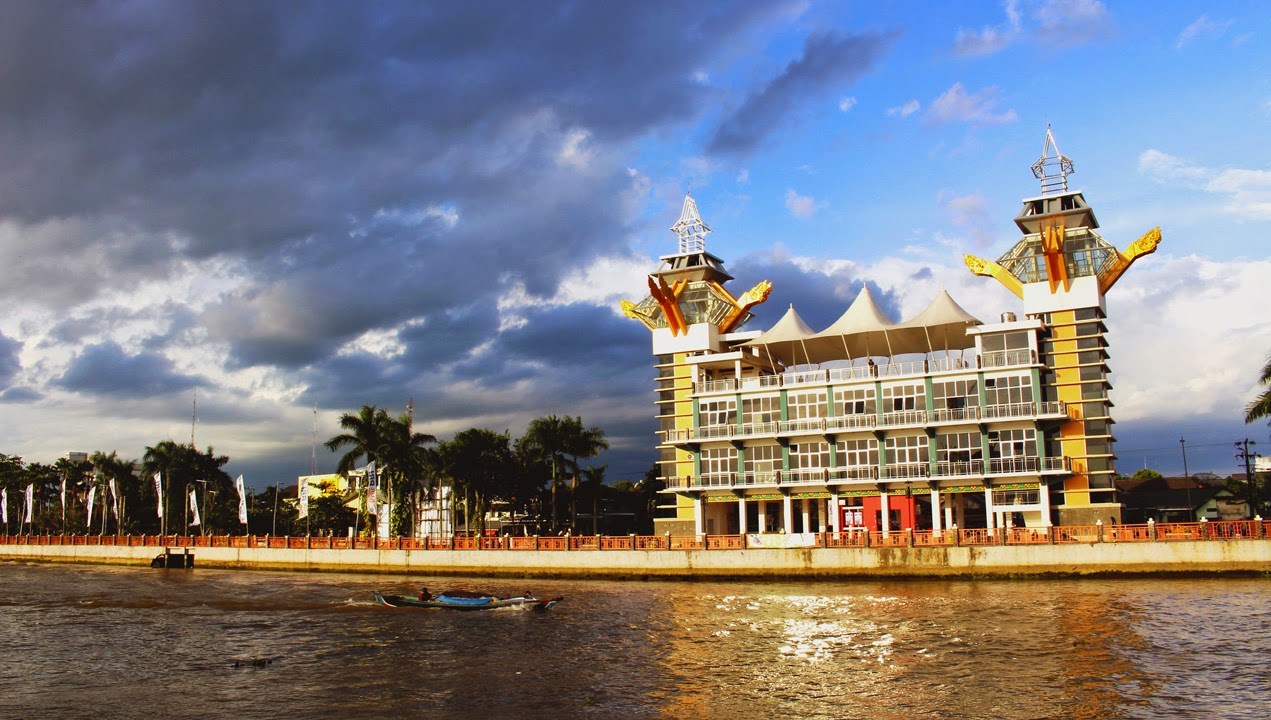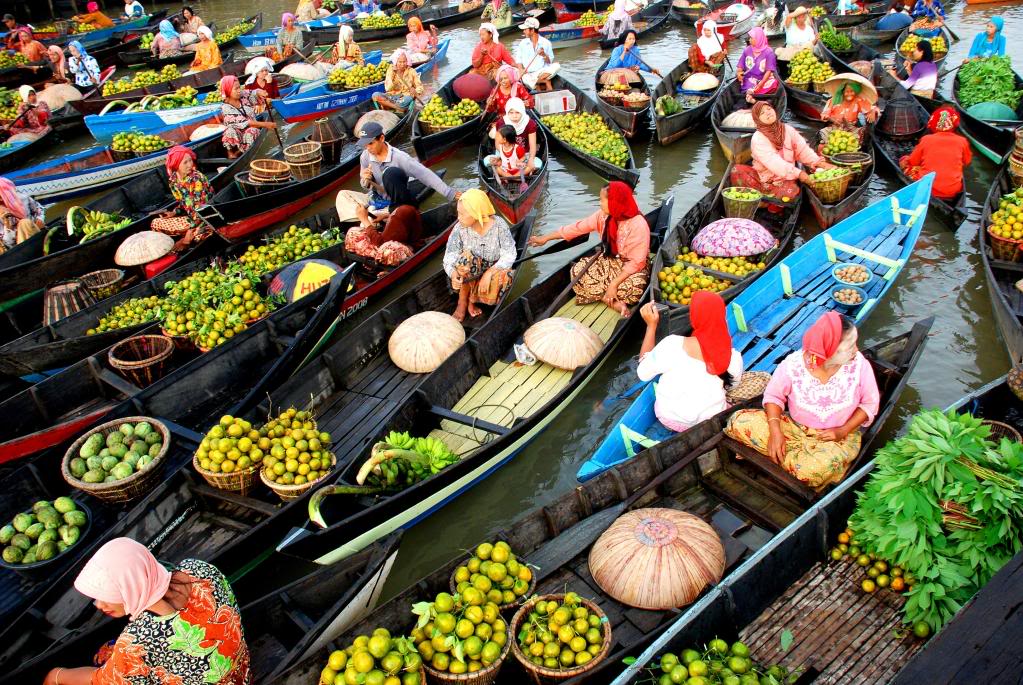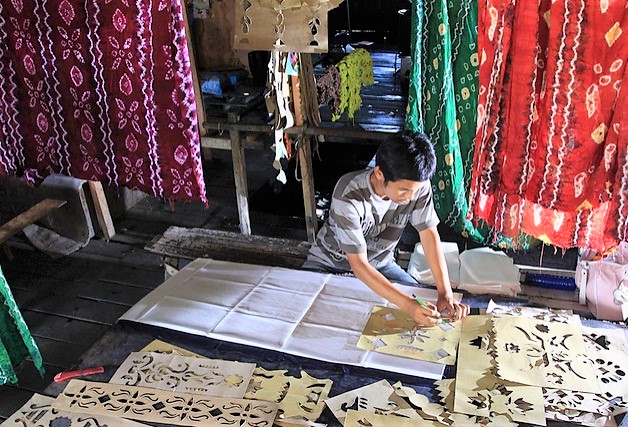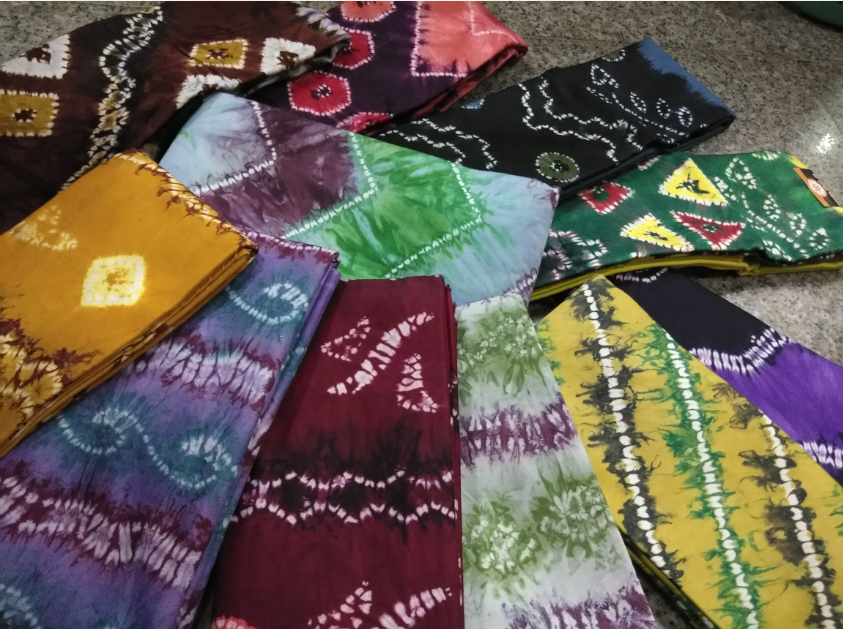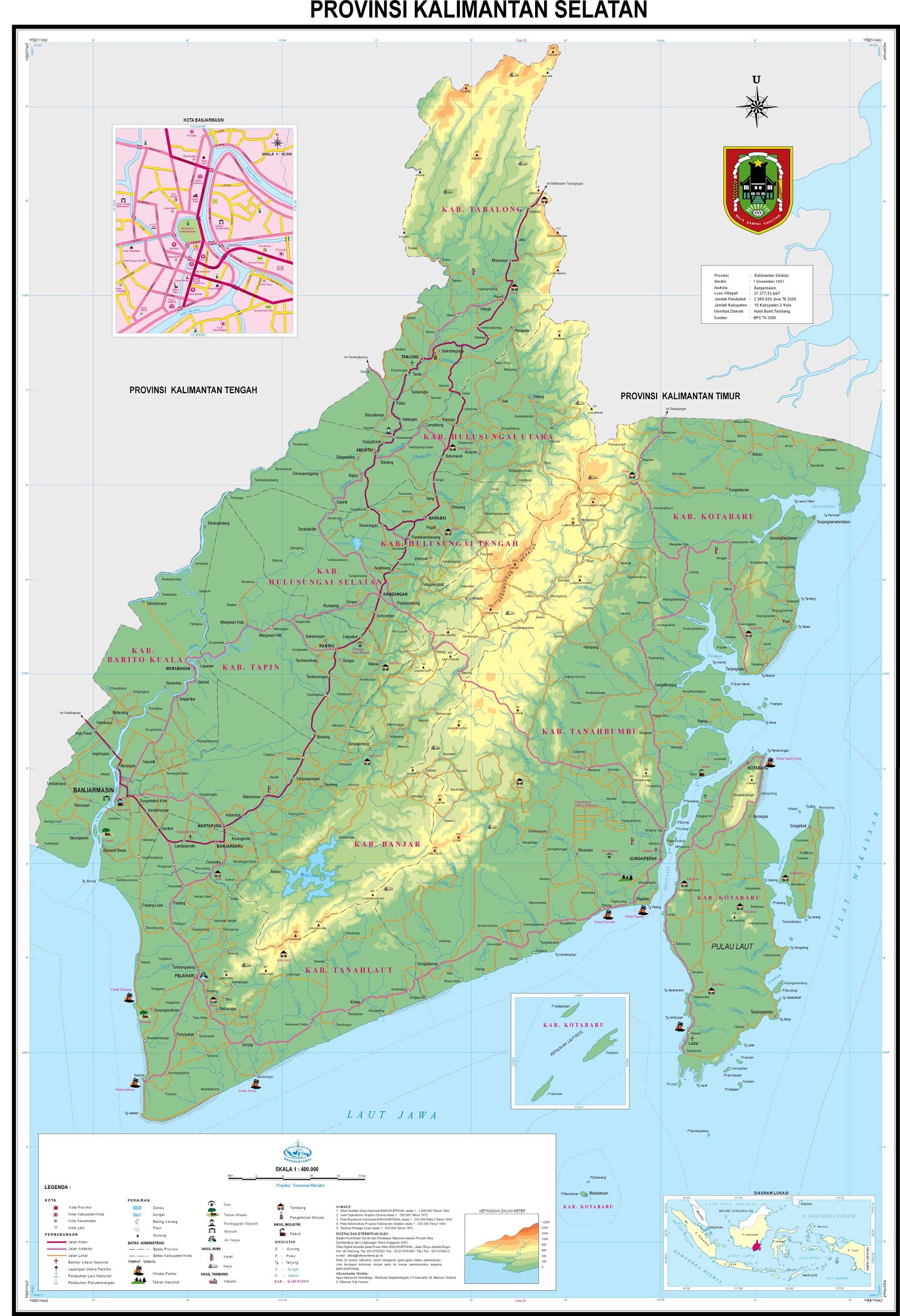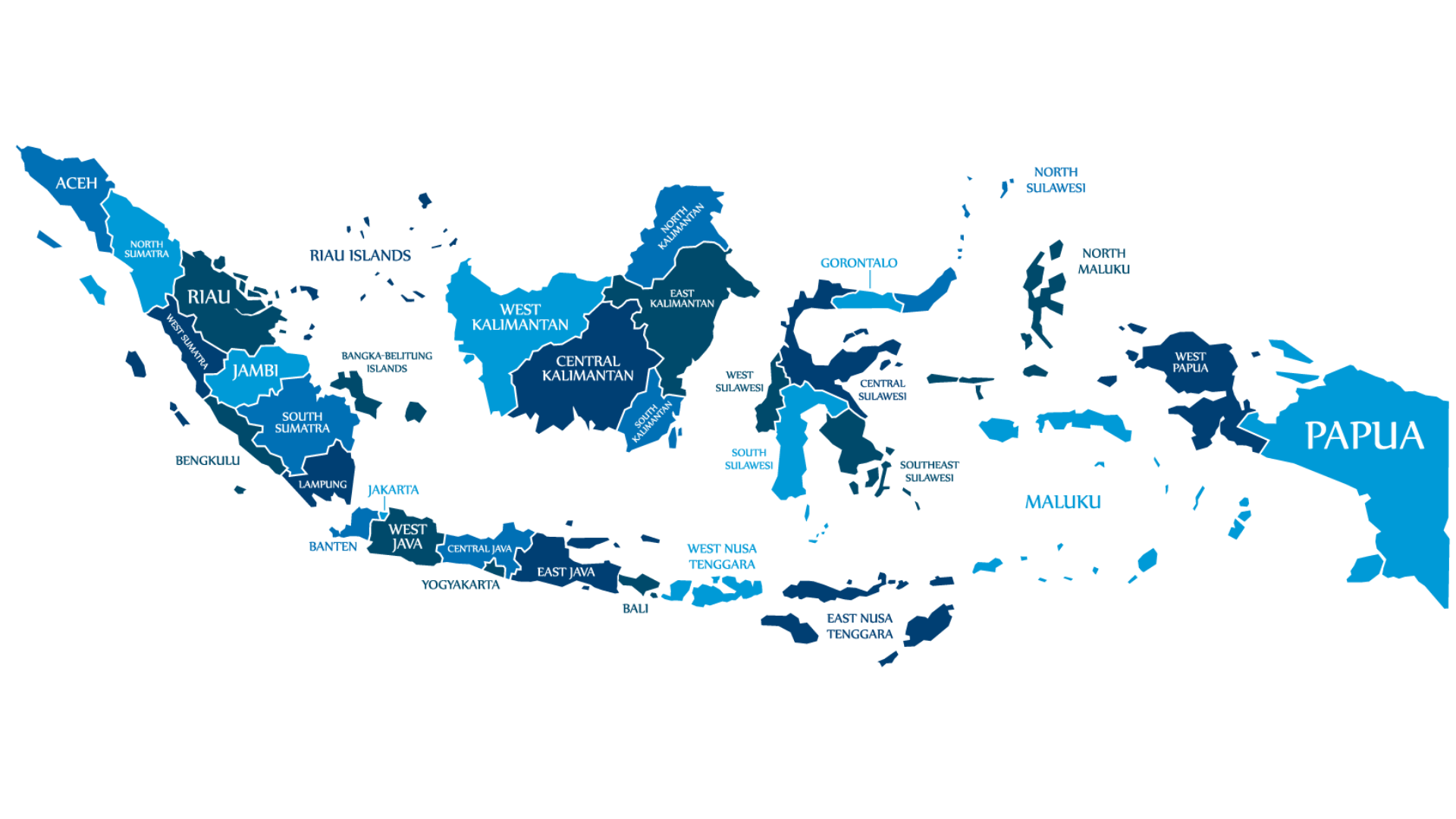Bahasa Indonesia
Home / Batik Regions – Central Indonesia – Kalimantan Island – South Kalimantan
Facts of the region
Discover Batik in South Kalimantan
The variety of Sasirangan Batik in Irma Batik Workshop, South Kalimantan (photo: Irma Sasirangan)
The Sasirangan Batik workshop in South Kalimantan (photo: InfoBatik)
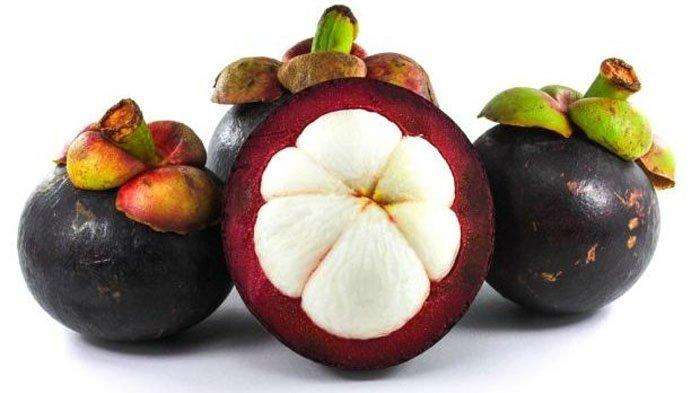
The Mangosteen fruit (Garcinia mangostana), as one of Batik motif inspirations in South Kalimantan (Photo: @BatakIndonesia)
The Batik for Healing and Protection
The Socio Cultural Values of Batik in South Kalimantan
The Legend of Sasirangan Textile in South Kalimantan
Batik Motifs in South Kalimantan
Batik Villages in South Kalimantan
local batik workshop
Batik villages are the region where the Batik producers mostly reside. You could buy the Batik textiles from the artisans and participate in the making process of Batik on the site.
South kAlimantan
Visual Journey
in 1 Minute
Batik Production in South kalimantan
The Land of Thousand Rivers
South kAlimantan
Rimpi Hill in Pelaihari Regency, South Kalimantan (photo: @egrafis)
About South Kalimantan
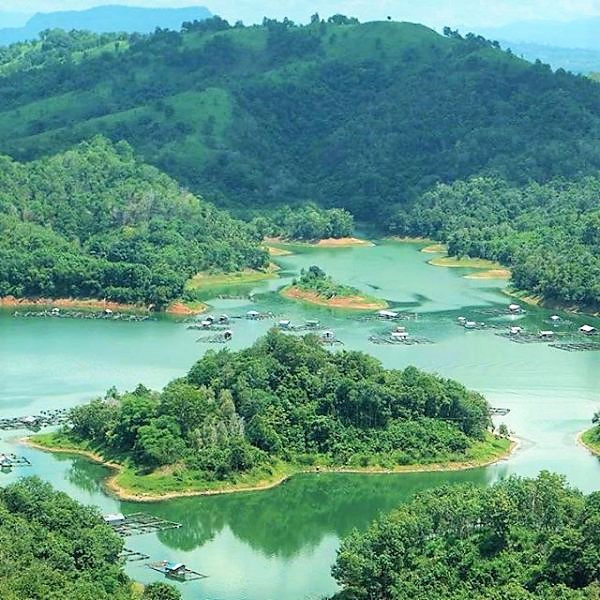
Facts about South Kalimantan
One of the famous scenic place in this region is Matang Kaladan Hill, which is located in Banjarbaru city (Photo: Rekreasialam). Bekantan or long-nosed Borneo monkey is an endemic fauna of the region. It is a national protected fauna in Indonesia.
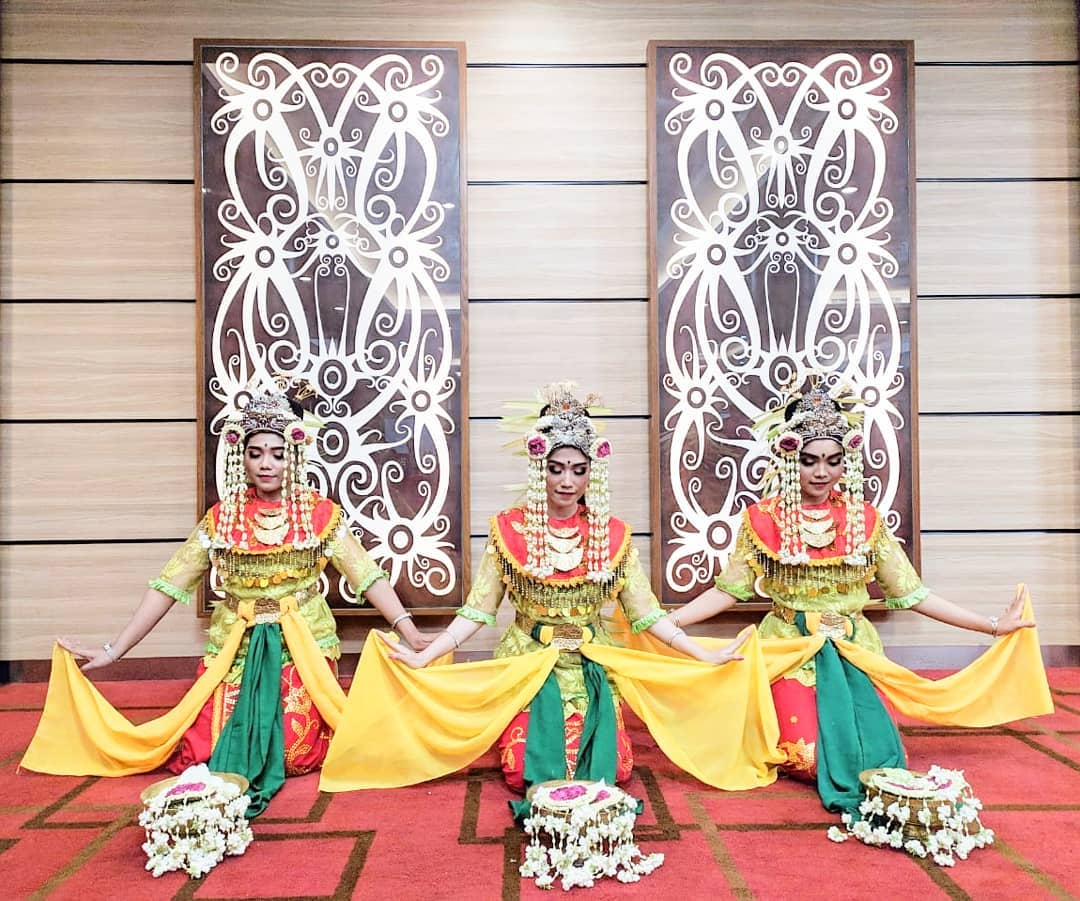
Highlights on Culture
Another typical intangible cultural heritage from South Kalimantan is the Baksa Kembang Dance. This dance is performed during ritual ceremonies of Banjar community in South Kalimantan (photo: house_of_sunaa).
Tourist Attractions in South Kalimantan
